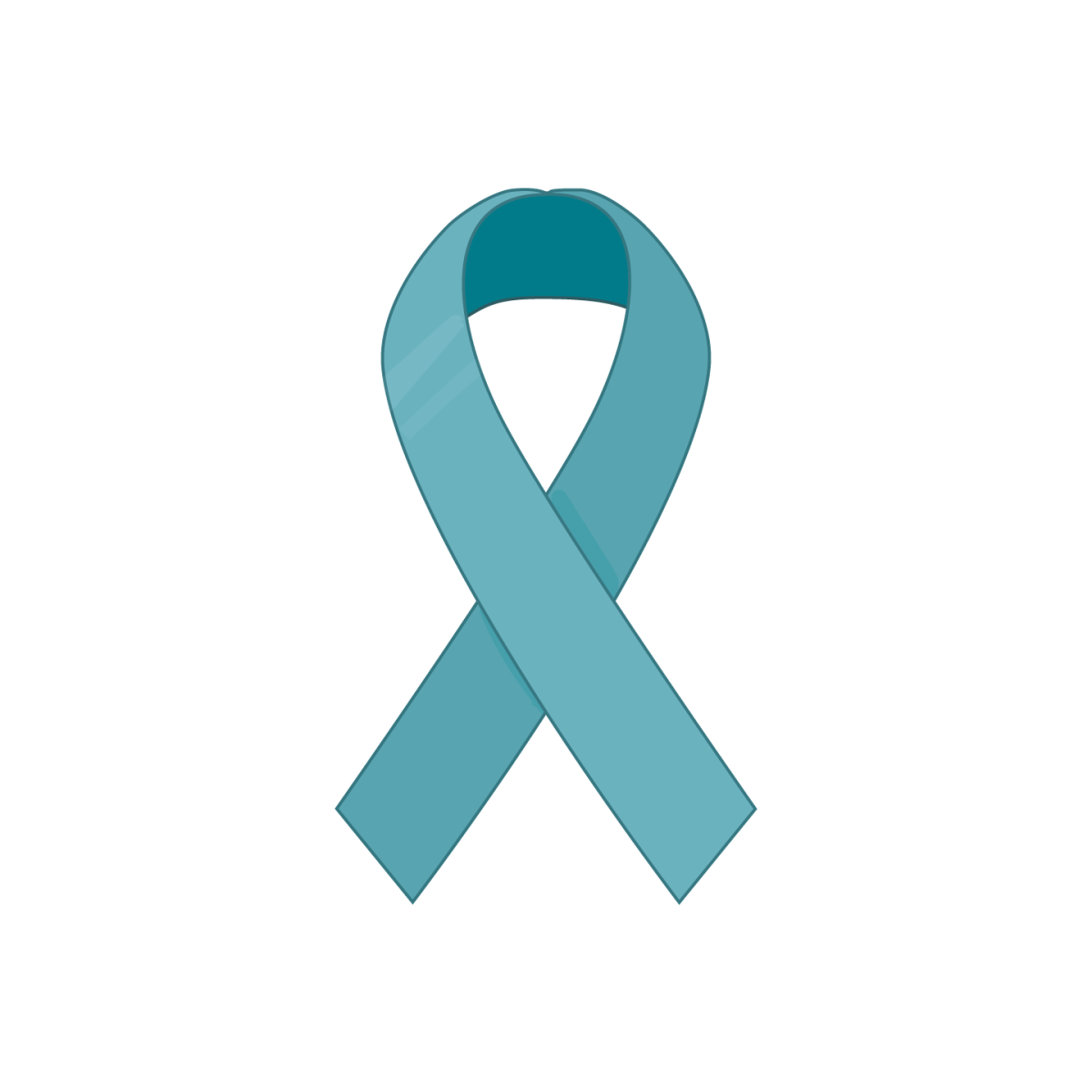In 2014, a record-high 47,000 people died of drug overdoses. This was not due to cocaine, nor was it due to meth. Heroin wasn’t the culprit either. The overdoses were mainly the result of natural and semi-synthetic opioids such as oxycodone and hydrocodone, drugs obtained in as little as one doctor’s visit.
Of the near 50,000 deaths, more than 6 out of 10 were caused by opiates. There is a near 2-1 ratio of deaths caused by legal opiates to illicit ones. The greatest indicator of opiate misuse is a previous prescription to an opioid. Users of prescription opiates are 40 times as likely as non-users to develop a heroin addiction. Prescriptions have quadrupled since 1999. Over a quarter of a billion prescriptions for opiates have been written, roughly equivalent to the entire adult population. Unsurprisingly, overdoses have followed in direct correlation to prescriptions, meaning rates of overdoses have also multiplied by a factor of four.
Opiates work by binding to opioid receptors in the nervous system. They decrease the feeling of pain and produce significant levels of dopamine, a euphoric hormone. By hijacking the reward system in the brain, the body adapts to new levels of dopamine, and users become dependent on the substance. Without the substance, they will experience severe withdrawal symptoms. From their rise in the 90s, opiates were touted as being “safer” and “less addictive.” By the early 2000s, these claims were proven to be false, and companies like Purdue Pharma, manufacturer of OxyContin, were required to settle hundreds of millions of dollars.
Amidst the public health crisis now labeled an “epidemic,” advocates are calling for opiate prescriptions to be reduced drastically. While this would reduce the rate of death by opium, it leaves doctors without a viable option to treat pain. A highly controversial and politically polarizing debate is at hand for its potential replacement: medicinal marijuana. While opiates kill thousands annually, marijuana has yet to record its first death by overdose. Despite this, conservative administration isn’t budging. Jeff Sessions, the attorney general appointed by Donald Trump, said marijuana is “only slightly less awful” than heroin.
This isn’t just an American problem either. Canada has seen a sharp spike in the amount of opiate-related deaths. The opiate of choice in Canada is fentanyl, a prescription medicine used for pain. The drug most often comes from illegal Chinese manufactures. It’s a global issue.
Needle shares and Narcan have been controversial issues amongst the opiate crisis. Due to the nature of IV drug use, dirty needles are often shared and serve as a vector of infection. Many of the people using heroin intravenously are at an increased likelihood of testing positive for HIV or hepatitis. Nine percent of IV drug users already test positive for HIV, and they are likely to pass the disease to other IV drug users. It may not matter, though, because overdoses kill many users before HIV or hepatitis has the chance.
Narcan, the brand name for naloxone hydrochloride, is considered by emergency medical staff as a “life saver” in the event of opiate overdoses. The World Health Organization put the drug on a list of the most essential medications. Some critics argue that putting naloxone in the hands of addicts and their peers encourages riskier behavior. Data suggests otherwise, and in naloxone administration efforts users trained to use Narcan did not consider reinjecting heroin. Naloxone currently faces many regulatory challenges that make it hard for those who need it to obtain it.
Prior to leaving office, the Obama administration requested billions in aid against the heroin crisis. Trump’s solution is to build a wall in hopes of stopping opiates from coming from the south. Democrats are skeptical, citing legal painkillers and domestic cooking operations. Trump also stated “we will expand treatment for those who have become so badly addicted.” He has yet to elaborate on what he means.






